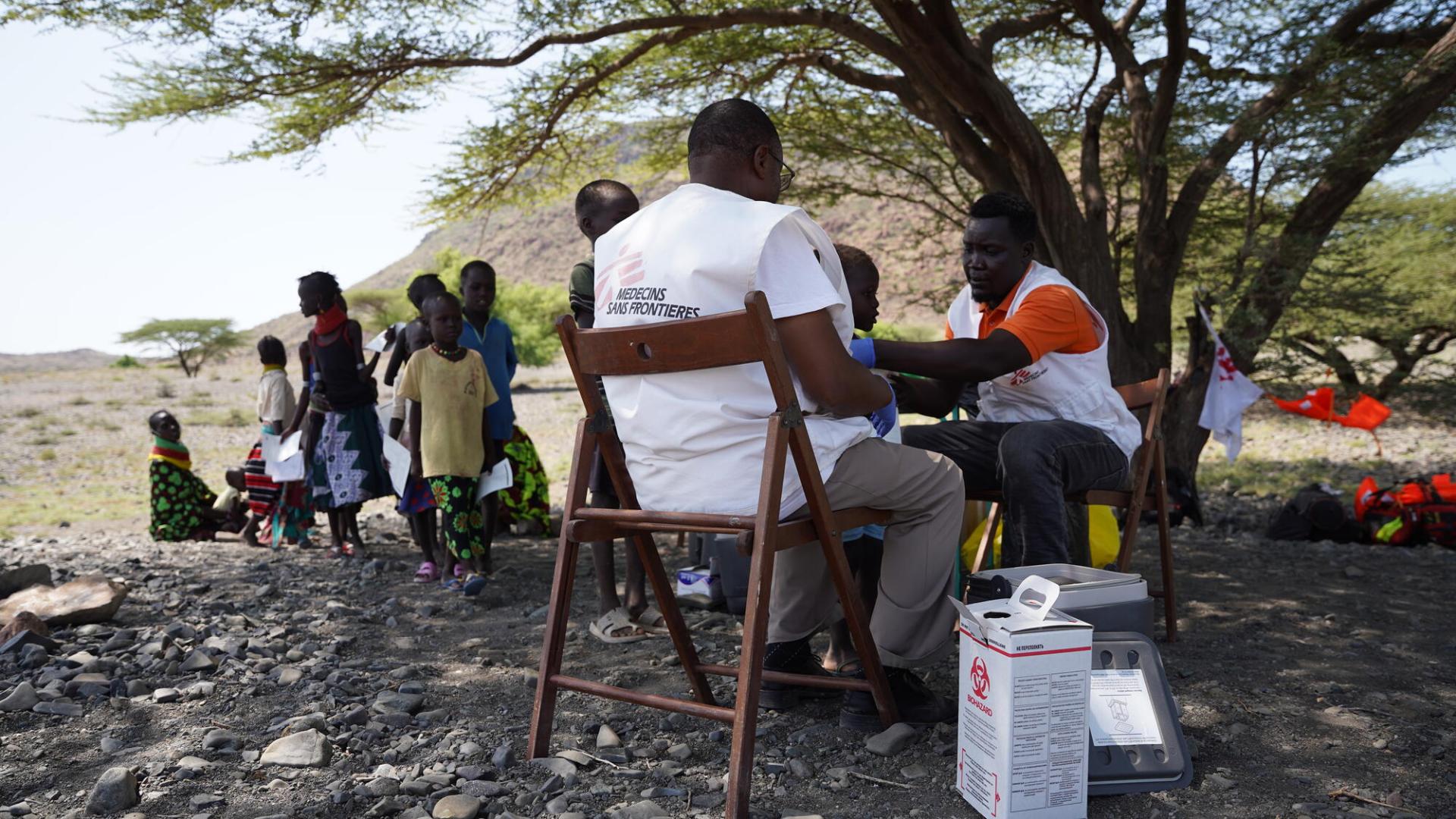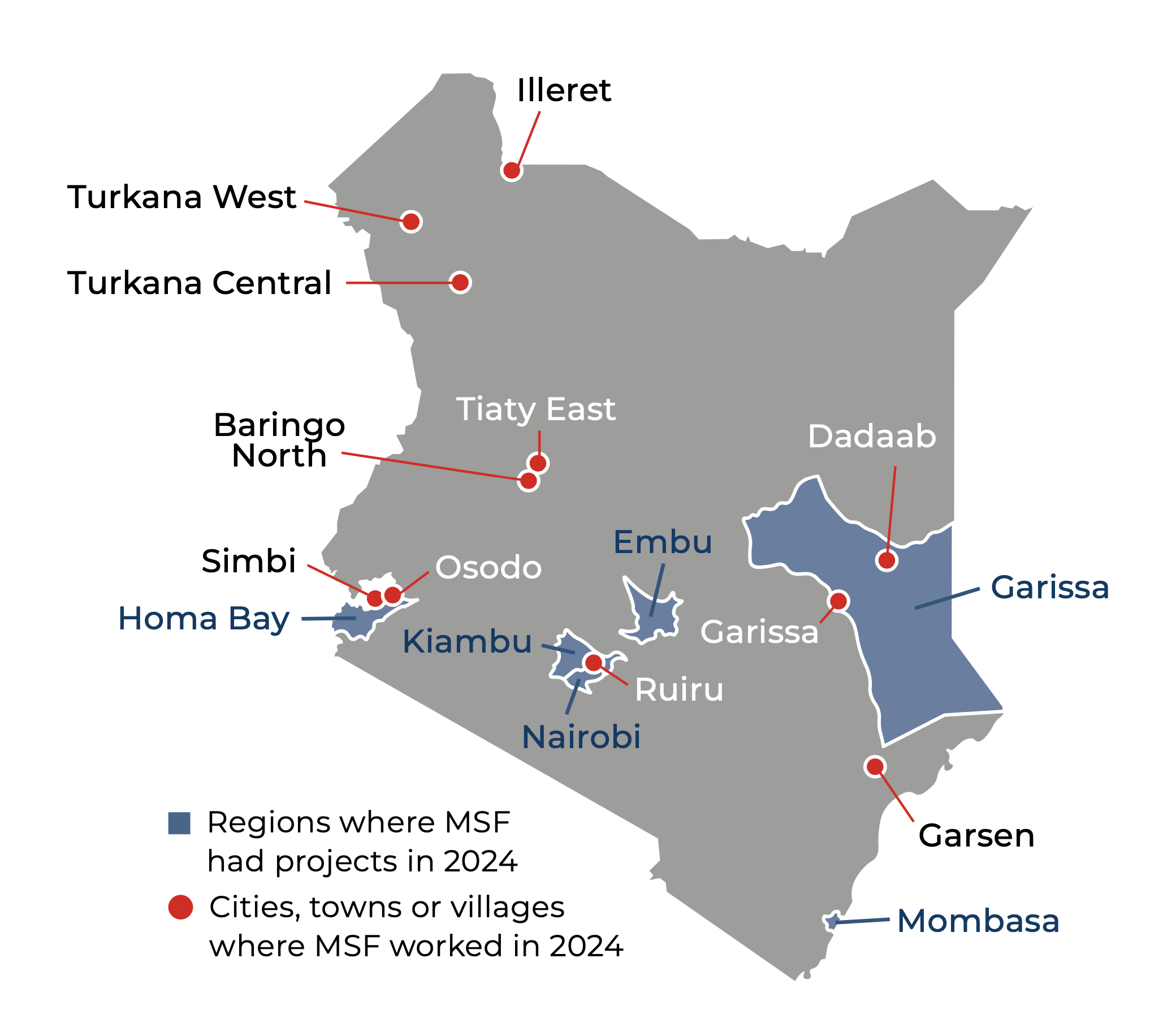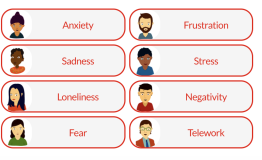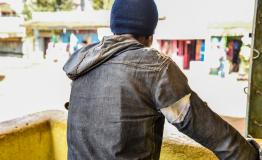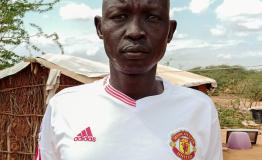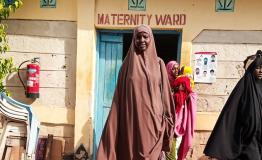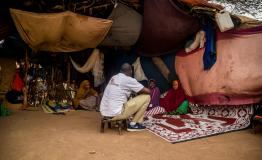![Mother with her new-born baby in the inpatient department in the Mrima Health Centre.[ MSF/Arjun Claire ] A mother with her new-born in Mrima Hospital](/sites/default/files/styles/card_half/public/msfimages/news/msf279632_medium.jpg?itok=D8YD6LKM)
Hepatitis
Reining in Hepatitis: preventing and treating the hush killer among vulnerable populations in Kenya
Project Update
28 Jul 2020
